Septic System Myths
BBB Septic
One thing is for certain: There are a lot of misconceptions about wastewater. If taking care of your septic system is second nature to you, you are among the few. Some homeowners struggle to locate their systems, while others carefully measure out their additives in hopes to prescribe away anything bad happening. To ensure the longevity of your septic system, get the tank pumped regularly and keep the lateral lines clear and protected. Here is a calculator to help you estimate a safe time between pumping based on your tank and household size. Other than regular pumping, carefully consider what you put down your tank and get your entire household on board with this. Avoid using additives.
We asked Piper Satterfield at BBB Septic to set us straight and de-bunk a few top myths she has heard during her time in the onsite wastewater industry:
Myth #1: Don’t pump the tank until you have a problem.
Pumping out the tank gets rid of any solids that have built up over time. If the solids layers are too thick, then they get pushed out into the absorption lines and this degrades the septic field. This typically leads to the lines needing to be replaced. When lines are replaced, that means a new soil test, septic system permit, and installation must be completed.
Myth #2: I have more than 10 acres, I don’t need a septic system.
Before 1999, if you had 10 acres or more and met certain criteria, then you didn’t have to apply for a septic system permit; however, you were still required to have ample onsite wastewater treatment. Unfortunately this requirement was often overlooked and resulted in many cases of raw sewage running directly onto the ground. Some counties still observe the “10 acre exemption” rule, but Benton and Washington Counties have not allowed this since 1999.
Myth #3: I don’t need to pump my tank because I use Rid-X.
The use of additives does not remove the need to have your septic tank pumped out regularly. Neither does the addition of yeast, buttermilk, a cup of sugar, a dead chicken, a dead opossum, (and, yes– we have seen this). Your body produces all of the natural bacteria needed to make the tank do its best work, but the tank still fills up with undigested solids over time.
Myth #4: Greywater doesn’t go into the septic system.
If the system was properly designed and installed, then every sink, toilet, washing machine, dishwasher, bathtub and shower should drain into the septic system. In Arkansas, all greywater is required to be placed subsurface for treatment.
Myth #5: What I flush goes away forever.
One routine pumping visit ended in divorce when the hose pulled a giant ball of condoms from a septic tank. We can see the grease, wipes, tampons, toy cars, teddy bears, barbie heads, and everything in between that is sent down the drain. Sometimes removal of these items can end up costing extra during a routine pumping, if it doesn’t cause a failure. Chemicals put into septic tanks that don’t easily break down can contaminate the groundwater.
If you notice effluent leaking from the tank or the leach lines where the water should be absorbed, work with a septic professional to diagnose the problem. If you live in the Illinois River Watershed, Beaver Reservoir, or Buffalo Watershed in Arkansas and have a failing septic system, water quality nonprofits IRWP and H2Ozarks can provide technical and financial assistance to help you get it fixed. This reimbursement program offers a combination of grants and 0% interest loans (with no income cap for assistance) to repair or replace all or part of your onsite wastewater system.
Program Managers:
Illinois River Watershed - Morgan Keeling, IRWP morgan@irwp.org
Beaver Reservoir Watershed - Shelly Smith, H2Ozarks Shelly@h2ozarks.org
Buffalo River Watershed - Stefanie Reynolds, H2Ozarks stefanie@h2ozarks.org

